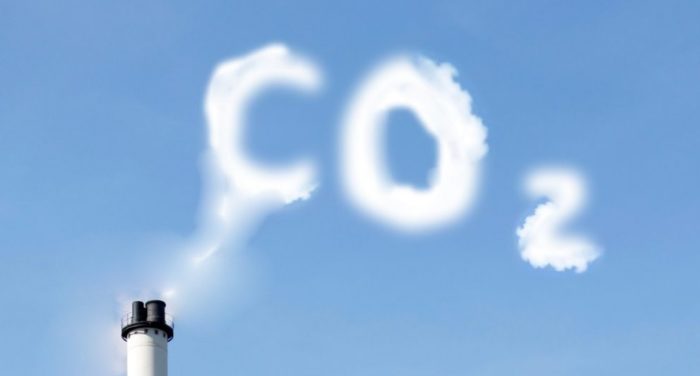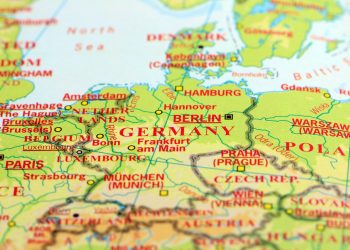German Chancellor Angela Merkel pledged on May 14, to establish a roadmap to make Germany CO2 neutral by 2050. For this reason she urged a climate cabinet she chairs to come up with the best way to achieve that goal.
Speaking about this goal, Ms. Merkel said that Germany must ensure there are absolutely no CO2 emissions and if there are still CO2 emissions, the country must find way to store CO2 or offset it. Thus, she proposed the climate cabinet to discuss about how to achieve carbon neutrality by 2050.
[smlsubform prepend=”GET THE SAFETY4SEA IN YOUR INBOX!” showname=false emailtxt=”” emailholder=”Enter your email address” showsubmit=true submittxt=”Submit” jsthanks=false thankyou=”Thank you for subscribing to our mailing list”]
Such a zero emissions strategy would align Germany with eight EU member states that have already called the bloc to enhance its mid-century target. Namely, France, the Netherlands, Belgium, Sweden, Denmark, Spain, Portugal and Luxembourg all support the development of an EU roadmap to net-zero emissions by 2050 the latest.
Campaigners received Merkel’s change of position positively, noting that early action was needed to support it. In fact, the country is off track to meet its 2020 emissions reduction target and is currently working towards a 2038 end date for burning coal.
However, during a summit in Romania, Merkel explained that Germany would not join the coalition because its 2050 targets are different from the proposed objective.
Regarding France, it proposed a bill in February to achieve carbon neutrality by 2050. This goal would replace the previous 2050 goal of reducing GHG emissions to a quarter of those in 1990 levels.
What is more, the bloc is divided on which strategy to go with. Namely, on 9 May, European Commissioner president Jean-Claude Juncker highlighted that the EU must concentrate on immediate and urgent climate targets for 2030.






























































